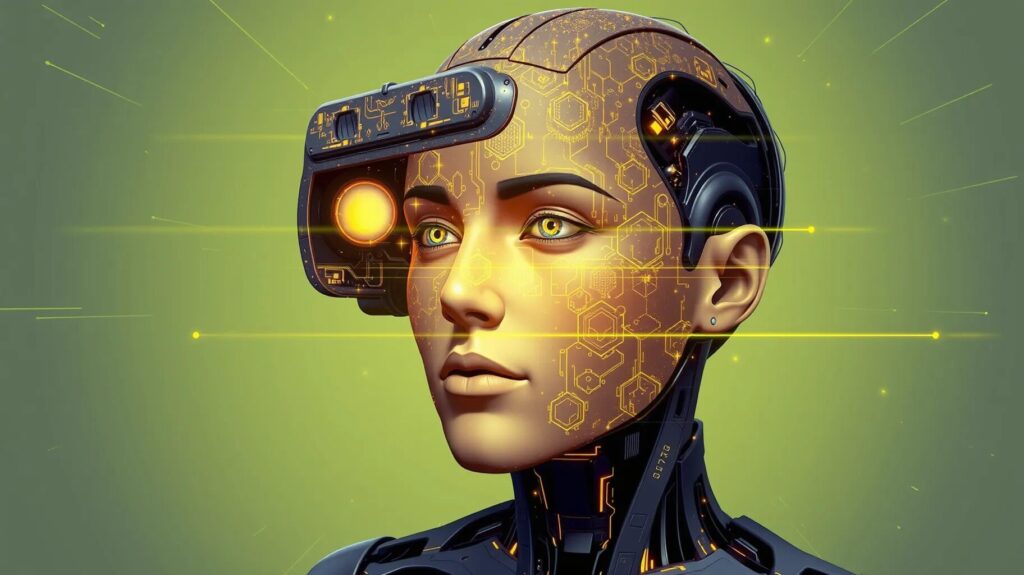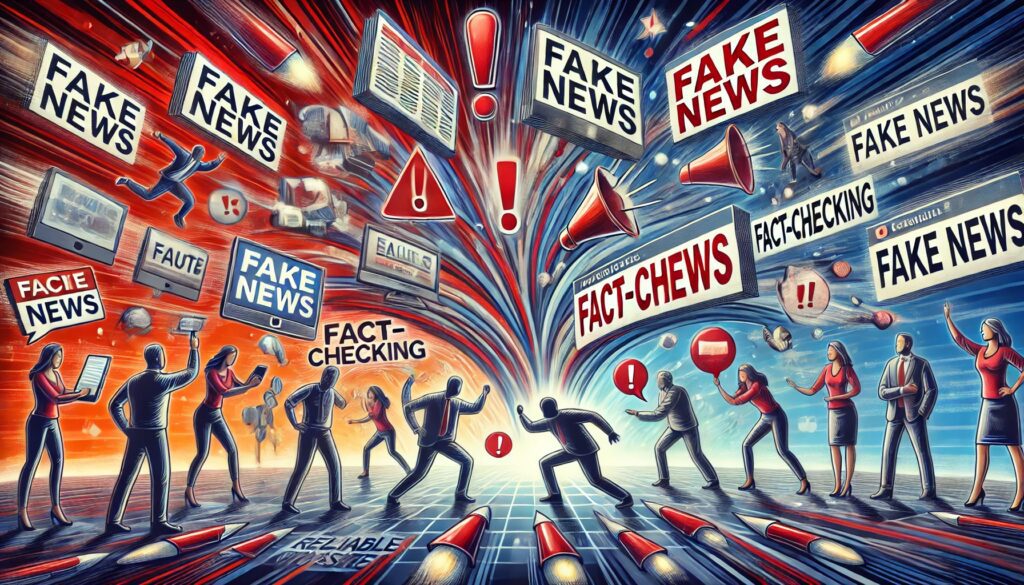Overview of AI in Decipherment
Artificial intelligence is revolutionizing the way we unlock the secrets of history through ancient scripts.
AI methods are now redefining the domain of linguistic mystery, making strides where traditional approaches faced limitations.
The Evolution of Decipherment Techniques
Before AI, the arduous process of deciphering ancient languages depended on the persistent efforts of linguists and codebreakers.
Historic breakthroughs, such as the cracking of Linear B, hinged on pattern recognition and linguistic parallels.
Initially, scholars meticulously compared new findings to known languages, hoping for a breakthrough.
Now, AI tools can analyze linguistic patterns at speeds once unimaginable.
For example, deciphering strategies that took years of human analysis can be processed by AI in mere minutes.
AI Technologies in Linguistic Analysis
Your introduction to AI in linguistics must include machine learning models.
These models ingest vast datasets of linguistic information to identify patterns overlooked by human eyes.
They apply statistical analysis to predict language rules in scripts such as Linear A and the elusive Indus script.
Through these technologies, AI provides insights swiftly and with a precision that augments human expertise.
With each pattern detected, AI inches closer to a full decipherment, potentially rewriting segments of human history.
Current AI Projects and Case Studies
You are about to get acquainted with some of today’s most innovative AI endeavors aimed at decoding the secrets held by ancient scripts. These projects not only reveal the past but push the boundaries of technology and linguistics.
Decoding Linear B with AI
Resurrecting extinct languages, AI is at the forefront of interpreting Linear B scripts—records of a civilization’s essence from over three millennia ago.
As you might appreciate, this AI’s ability to decipher the Mycenaean language could lead to a newfound understanding of ancient Greek texts.
Experts are training neural networks to recognize and translate these ancient symbols.
They offer promising results that often match hypotheses suggested by scholars.
Machine Translation for Undeciphered Scripts
In a recent landmark victory for AI, an unsuspecting computer science student leveraged this technology to decipher texts from the ancient Herculaneum scrolls, previously rendered unreadable.
Machine learning algorithms are now being trained to translate undeciphered scripts by recognizing patterns and proposing plausible meanings, much like they do with modern language translation.
AI Applications in Egyptology
Moreover, AI’s prowess is not limited to ancient Greek texts.
In Egyptology, algorithms assist you in analyzing hieroglyphics, predicting contextual meanings of symbols, and vastly speeding up the painstaking process of manual translation.
Challenges and Considerations in AI Decipherment
AI plays a pivotal role in unlocking the secrets of ancient texts. However, this endeavor faces significant challenges that merit close scrutiny to ensure the integrity and respect of historical narratives.
Accuracy and Reliability Issues
Your confidence in artificial intelligence as a tool for deciphering ancient scripts is tied to its accuracy and reliability.
Misinterpretation Risks are non-trivial, given that any algorithm hinges on the data it’s trained with.
AI relies on patterns and parallels drawn from known languages to make sense of undeciphered texts.
Yet, extinct languages might exhibit unpredictable variations, leading to false positives or overly speculative translations.
Furthermore, Consistency Across Datasets is a pressing concern.
Ensuring that the digital corpora reflect the actual linguistic variations takes meticulous verification.
Even a minor error can propagate misleading interpretations, hindering the decoding efforts of ancient writing systems.
Ethical and Cultural Considerations
You must not overlook that AI decipherment isn’t merely a technical task—it’s also a cultural dialogue.
There’s a Responsibility to Source Communities, who may view certain texts as sacred or sensitive.
Using AI to interpret these scripts without proper consultation can provoke cultural insensitivity or appropriation issues.
Equally, Representation Equality must be at the forefront of your mind.
AI must not privilege certain languages or cultures over others, and there’s a risk that biases in language technology could exacerbate existing inequalities.
Impact on Historical Linguistics and Archaeology
In your journey through the annals of history, artificial intelligence (AI) serves as a breakthrough tool, shedding light on the enigmas wrapped within ancient scripts.
Transforming Research Methodologies
AI technologies infuse historical linguistics with unprecedented accuracy in reading long-lost languages.
You witness algorithms trained on known scripts, now successfully predicting connections between symbols in undeciphered texts.
For example, efforts to decipher Linear B illustrate AI algorithms using data from known scripts to bridge gaps in our understanding, transforming the speed and efficiency of decipherment projects.
Additionally, AI’s pattern recognition capabilities rapidly compare vast datasets, once a Herculean task for researchers.
Imagine sifting through thousands of inscriptions manually—a laborious process now streamlined, as AI highlights potential linguistic matches across different texts and sites.
Broadening Understandings of Ancient Cultures
Fascinatingly, AI’s input to archaeology also extends your perceptions of ancient societies.
By deciphering scripts like Linear A, scholars gain direct access to the thoughts and records of civilizations such as the Minoans, whose voices have been silent for millennia.
AI’s role in cracking the code of forgotten dialects augments not just isolated facts but also paints integrated narratives about trade, governance, and daily life.
As a result, you now grasp a fuller picture of the cultural and historical context of the civilizations under study. This not only enriches your global heritage but also ensures a more nuanced understanding of human development across different epochs.
The Future of AI in Deciphering Ancient Scripts
In recent years, you’ve seen artificial intelligence transform countless industries, and now it stands on the cusp of revolutionizing our understanding of history by deciphering ancient languages that have long confounded experts.
Advancements in AI Techniques
Bold Advances: AI relentlessly surges forward, equipping researchers with unprecedented tools for tackling linguistic puzzles.
Deep learning algorithms, the powerhouses of this evolution, enable machines to recognize patterns and make inferences about ancient scripts, eclipsing traditional deciphering methods in speed and accuracy.
Now, AI can even predict missing text, recreate faded inscriptions, and suggest possible meanings for undeciphered symbols—a leap that brings your past closer than ever before.
Crucial Collaborations: Emerging from the synergy of multidisciplinary teams, AI-assisted approaches integrate expertise across linguistics, archaeology, and computer science.
Together, you’re weaving intricate models that “understand” the structure, grammar, and context of ancient inscriptions in ways that mimic human scholars, slashing the time needed to unlock their secrets.
Potential Discoveries and Breakthroughs
Unearthing Hidden Narratives: Imagine AI peeling back the layers of history to reveal narratives that illuminate your ancestors’ lives, governments, economies, and belief systems. AI pledges to fill in historical gaps and offer insights into civilizations whose voices have been silent for millennia. By deciphering ancient scripts, AI offers to fill in historical gaps and offer insights into civilizations whose voices have been silent for millennia. The prospect tantalizes historians and linguists alike, as each breakthrough yields a potential cascade of understanding about your cultural legacy.
Revealing Linguistic Links: Beyond individual discoveries, deciphering ancient scripts with AI may redraw your linguistic maps, uncovering relations between extinct languages and extant ones. This not only enriches your knowledge of language evolution but may also refine your grasp of human migration patterns and cultural exchanges. Such revelations promise to redefine chapters of human history, painting a more nuanced picture of your collective heritage.
Resources
By exploring these resources, you can deepen your understanding of how AI is being used to crack the code of ancient scripts and languages and discover new opportunities for research and collaboration in this fascinating field
- Research Papers and Academic Journals: Look for scholarly articles in linguistics, artificial intelligence, and computer science journals that discuss AI applications in deciphering ancient scripts and languages.
- Books and Publications: Explore books written by experts in the fields of linguistics, archaeology, and AI that cover topics related to ancient scripts and language decipherment.
- Online Courses and Tutorials: Platforms like Coursera, edX, and Udemy offer courses on linguistics, historical languages, and AI, which may include modules or lectures on using AI for deciphering ancient scripts.
- AI and Linguistics Conferences: Attend conferences and workshops focused on AI, linguistics, and archaeology where researchers present their latest findings and advancements in deciphering ancient scripts using AI.
- Online Forums and Communities: Engage with online forums and communities dedicated to linguistics, historical languages, and AI research, where you can discuss topics related to decipherment and learn from experts in the field.
- Research Institutions and Organizations: Explore the websites of research institutions and organizations involved in linguistics, archaeology, and AI, as they may publish reports, case studies, and resources related to deciphering ancient scripts.
- Digital Archives and Datasets: Access digital archives and datasets containing images of ancient scripts and languages, which can be used for training AI models and conducting research in decipherment.
- AI Software and Tools: Investigate AI software and tools designed for linguistic analysis and natural language processing, which may include features for deciphering and interpreting ancient scripts.
- Historical Linguistics Libraries: Visit historical linguistics libraries or digital repositories that house collections of linguistic documents and resources relevant to deciphering ancient scripts.
- Collaborate with Experts: Reach out to experts in the fields of linguistics, archaeology, and AI to collaborate on research projects or seek guidance and advice on decipherment techniques and methodologies.









